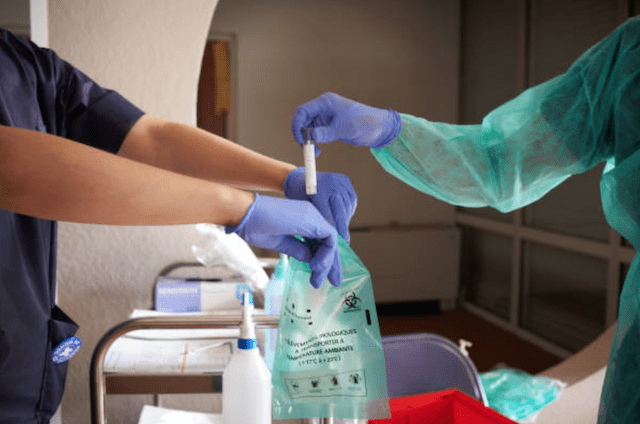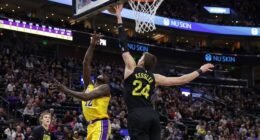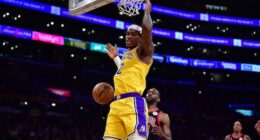After months of planning and assessing, the 2019-20 NBA season will finally make its long-awaited return.
The league was forced to shut down operations on March 11 after Utah Jazz center Rudy Gobert tested positive for the coronavirus (COVID-19). Although there was plenty of hope, it was unclear at that time when or if the regular season would be able to resume.
Aside from Gobert, several players contracted the virus, which required teams and employees have to quarantine at home for a minimum of two weeks. Any discussions about a return included how to safely and properly bring back basketball, with countless scenarios accounted for.
The complex logistical and health issues called for a creative solution, but NBA commissioner Adam Silver and the rest of the league office were able to settle on a 22-team plan that was eventually approved.
One of the key components for the season’s resumption was COVID-19 testing as travel parties heading to the bubble location would need to be regularly tested during their stay. According to Kevin O’Connor of The Ringer, the league is considering a group method:
The league has researched various ways to bring basketball back safely, sources say, including the use of a sampling procedure called “group testing,” which aims to examine a large number of people with just a few tests.
The most appealing reason why this method could work is the lower volume of tests required to find results:
Group testing is simple: Several samples from multiple individuals are taken and “grouped” together into the same lab test—this could be done randomly, or by mixing samples from members on the same team. Between five to 20 samples are usually mixed into the same test, which reduces the amount of tests needed, saving time, money, and resources. If the test is positive, those people’s samples would be separately retested to locate which individual sample(s) are responsible for the positive test in the group.
Given the league approved of 22 teams entering Walt Disney World for play at the ESPN Wide World of Sports Complex, group testing makes complete sense as a way to save time and resources, especially when the risk of infection is still fairly high in a controlled environment.
At the early stages of planning, testing kits were hard to source, but advancements in this area made a return much more feasible.
Of course, there is no telling what would happen if someone at the site tested positive but for now the good news is that basketball is coming back. It has been a difficult wait, but fans and players are finally getting their wish.









